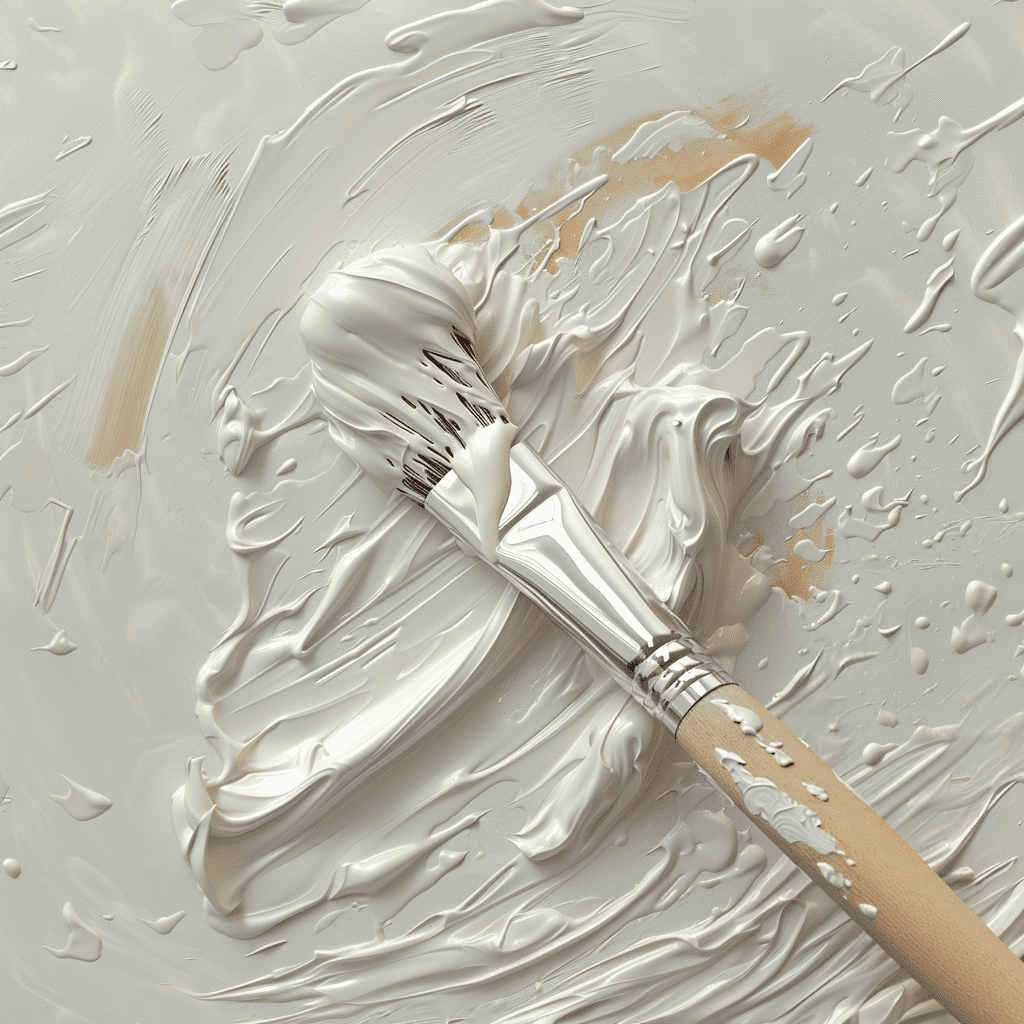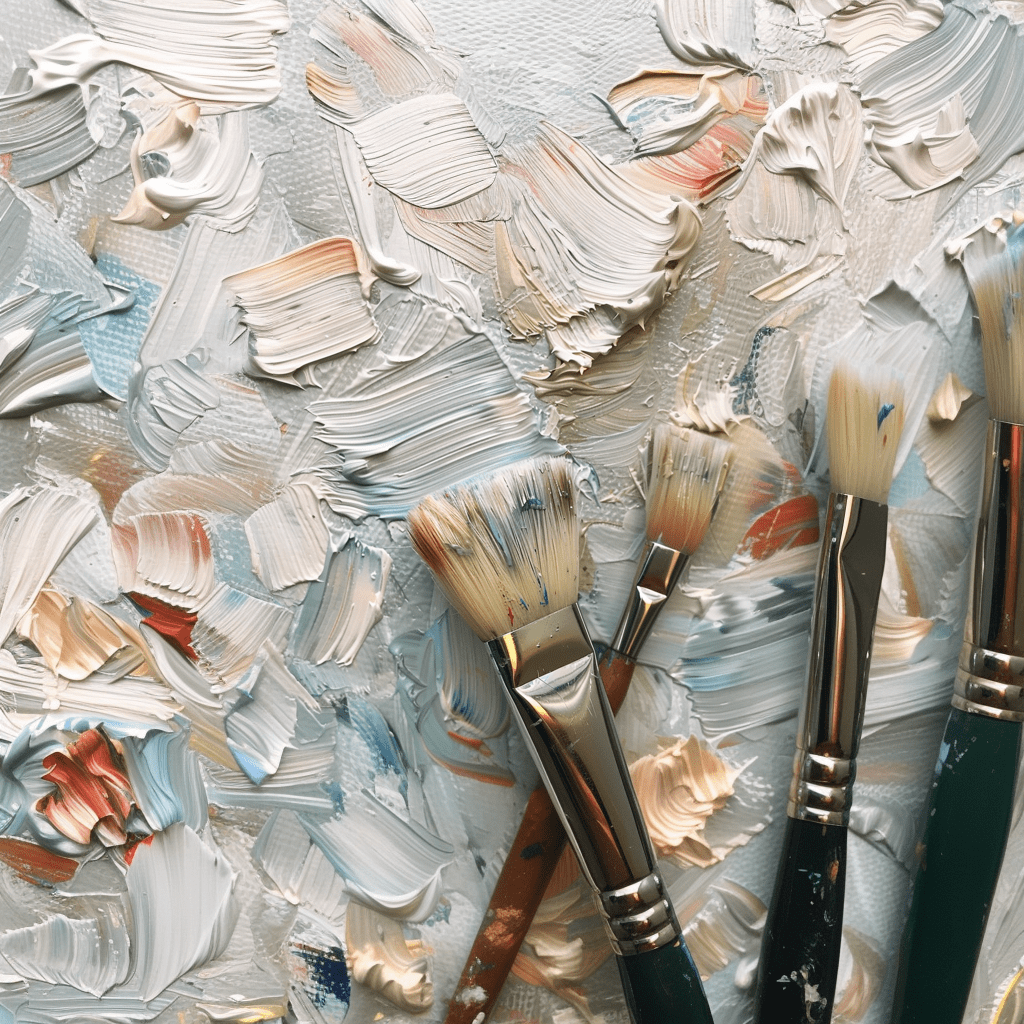Oil Paint VS Acrylic Paint (How To Make Your Acrylics Work Like Oils)
The Burning Question
The most common question I get from people that are interested in The Wildlife Painting Academy is this:
“Can I get the same effect with acrylic paint?”
And to that I say, “Yes, with a few modifications”.
The truth is that I painted exclusively with acrylic paint for years, still achieving realistic wildlife and pet paintings. That is why I can answer that question with a “yes” (because I did it for years), but the “sort of” is explained by the fact that you’ll have to introduce some new art supplies and techniques.
This post should hopefully shed some light on the battle between oil paint and acrylic paint.

Want This Guide In A Pretty Downloadable PDF?
Enter your email below to have this pretty easy-to-read free guide sent to your inbox
Oils & Acrylics: What Are They?
OIL PAINT
Oil paints are slow drying paints that consists of pigment bound in an oil base. The oils used in the base are those that will actually dry and harden fully in time, which commonly are linseed oil, walnut oil and safflower oil these days.
Oil paint doesn’t “dry” quite like acrylic paint, or how we expect things to traditionally dry - oils “dry” by oxidizing. The oils react with oxygen in the air over a period of a few days to a few months and harden completely.
Since oils are made with oils, they aren’t water soluble so in order to clean the paint from brushes you’ll need to use solvents.
ACRYLIC PAINT
Acrylics paints are fast drying paints that consist of pigment in an acrylic polymer emulsion, often with added stabilizers and other products.
Acrylics dry through evaporation (water shifting from a liquid phase to a gaseous phase and leaving the paint).
They’re water-based, which means that brushes can be washed with water (rather than solvents), yet they become water-resistant when dried (as opposed to watercolor paint which can be rehydrated and reworked after they have completely dried).
How Are They Different?

Oil Paint
Oil Paint Is Slow Drying
Oils take a lot longer to dry compared to acrylics, anywhere from a few days to a few months. This means you can blend them beautifully & easily. Their long drying time also makes working wet-into-wet easier, since you can continue to for a longer period of time.
You’ll also find yourself wasting less paint on your palette since it won’t dry on you before you’ve had a chance to use it.
The slow drying time means you will have to wait a few days in between layers, but thankfully there are mediums that will drastically increase the drying time.

Acrylic Paint
Acrylic Paint is Fast Drying
Due to the fact that acrylics are fast drying (sometimes drying within minutes), it is much harder to blend acrylic paint in comparison to oils. Once the paint is dried, it won’t budge and you will potentially have to paint over it.
You can work around this by using slow-drying mediums or keeping your paint and palette wet longer (more on this below).
A bonus of the fast drying time is that you won’t have to wait days between layers of your paintings.

Oil Paint
Oil Paint Requires the Use of Solvents
Since oil paint isn’t water-soluble, you obviously can’t clean your brushes with water. This is where solvents come in.
Solvents used to be incredibly volatile, but thankfully modern solvents are much easier and safer to use. Odorless paint thinners make it easier and safer for artists to use these solvents in their homes.
There are also a few new solvent-free mediums that are coming to the market which further reduces the amount of potential fumes from working with oils.
Even though the use of odorless paint thinner and solvent-free mediums helps to reduce the fumes associated with oils, it’s still very important to ensure that you have good ventilation in your favorite painting space.
I use an air purifier in my studio, and open the windows as much as I can to get the air flowing.
I also keep the lid on my jar of odorless paint thinner closed whenever I’m not using it to reduce the fumes.

Acrylic Paint
Acrylic Paint is Water-Soluble
Acrylic paint is water-soluble, which means no need for solvents. The evaporation process of acrylics drying tends to produce much less fumes than oils.
Why I Use Oil Paint
I used acrylics exclusively for years, so I know that you are more than capable of achieving realistic wildlife art with acrylics.
I ended up realizing that I was using my acrylics in a way that was similar to oil paint - using lots of slow-drying mediums, keeping paint wet longer with spray bottles, working wet-into-wet, and blending. This made me realize that I could reasonably make the shift to oil paint.
I resisted oils for years, telling myself that I didn’t have the patience to wait weeks between each layer of my painting (and guess what, I still don’t).
BUT. I learned that this just isn’t true in most cases.
These days I use a lot of blending in my realistic wildlife art, and this started to be very hard to do with acrylics. Not impossible, thanks to slow-drying mediums and such, but every painting felt like a struggle.
And the modernization of paint thinners and solvents means they are much safer to use inside your home, which is an obvious plus.
So I made the switch to oils, and have never looked back. :)
How To Make Your Acrylics Work Like Oils
-
Use Slow-Drying Mediums
Adding slow-drying mediums to your acrylics will drastically extend the dry time, making your paint wet and workable for much longer.
- Winsor & Newton Slow Drying Medium
- Golden Acrylic Retarder Medium
- Liquitex Slow-Dri Retarder
-
Keep Your Painting Wet Longer With A Spray Bottle
By using a spray bottle with a super fine mist and plain water, you can actually keep the paint you've already applied to your canvas wet longer so you can blend it before it dries.
Very lightly spray the surface of your wet painting to keep it wet, opting to do multiple thin sprays every few minutes rather than a heavy layer.
-
Work In Smaller Sections To Get Smooth Blending
Even with the use of slow-drying mediums, you'll have to work very quickly in order to blend your wet paint out.
You can work around this by working in smaller sections at a time, blending them out before they dry and then moving onto the next section.
-
Keep Your Palette Wet Longer
It's heartbreaking to set up your palette and have the paint dry before you can even use it, wasting precious expensive paint.
But thankfully the Masterson Sta-Wet Palette can keep your palette wet for days, sometimes even weeks.
Close the lid tightly after a painting session and keep those acrylics wet for a few days longer.
-
Use Higher Quality Acrylic Paint
Higher quality acrylic paint tends to be thicker (which dries more slowly) and has more pigment, giving it a more oil paint-like look.
-
Use Thicker Layers of Paint
Thicker layers of paint will take longer to dry, which can help with blending.
Water-Soluble Oil Paint (A New Alternative)
The new(ish) kid on the block blends the best of both worlds: water-soluble oil paint.
I have no personal experience with these, so this information is based on research but it may be a good option for you.
Traditional oils are not water-soluble (hence the need for solvents for cleaning brushes), but new oil paints have been developed that are water-soluble (also called water-mixable or water-miscible).
These are essentially oil paints that can be cleaned with water instead of solvents due to the modified oil base.

These water-soluble oils dry in two phases:
1st phase - Evaporation (like acrylics)
2nd Phase - Oxidation (like traditional oils)
These water-soluble oil paints tend to dry within a few days rather than a few weeks/months with traditional oils.
If these sound like the best of both worlds for you, here are a few great options:
- Daniel Smith Water Soluble Oil Colors
- Mont Marte Water Mixable Oil Paint
- Winsor & Newton Water Mixable Oil Colour

Want This Guide In A Pretty Downloadable PDF?
Enter your email below to have this pretty easy-to-read free guide sent to your inbox
